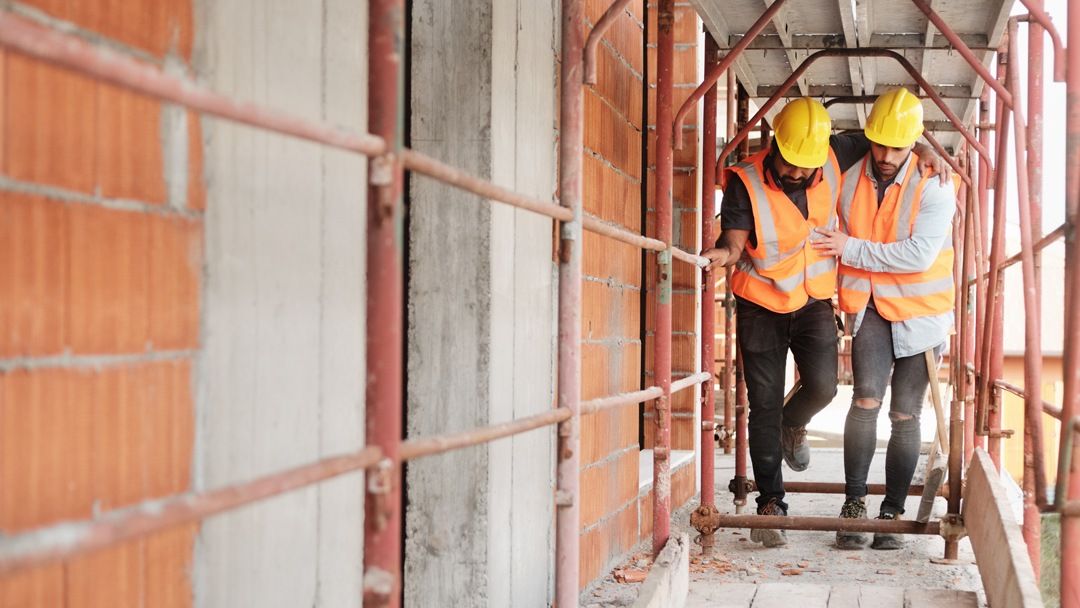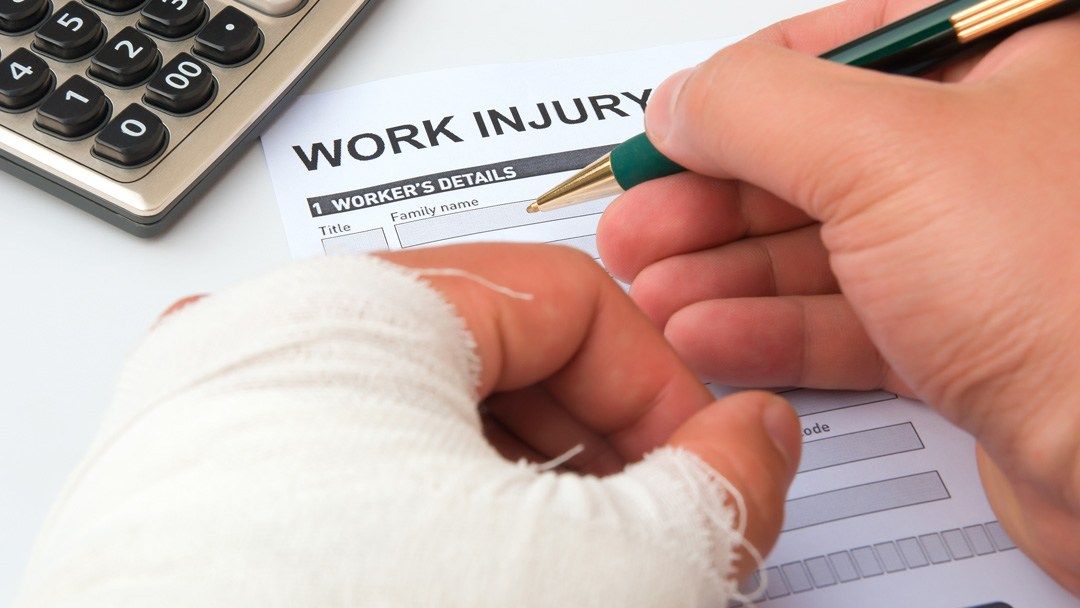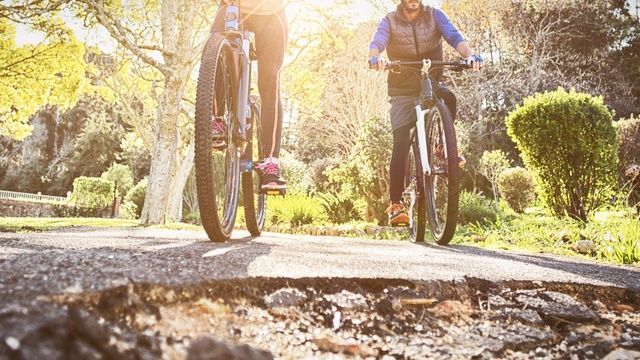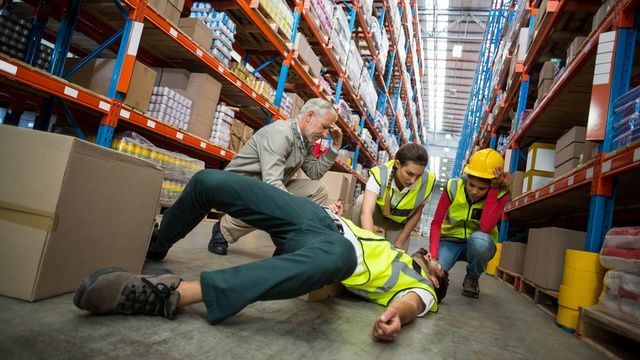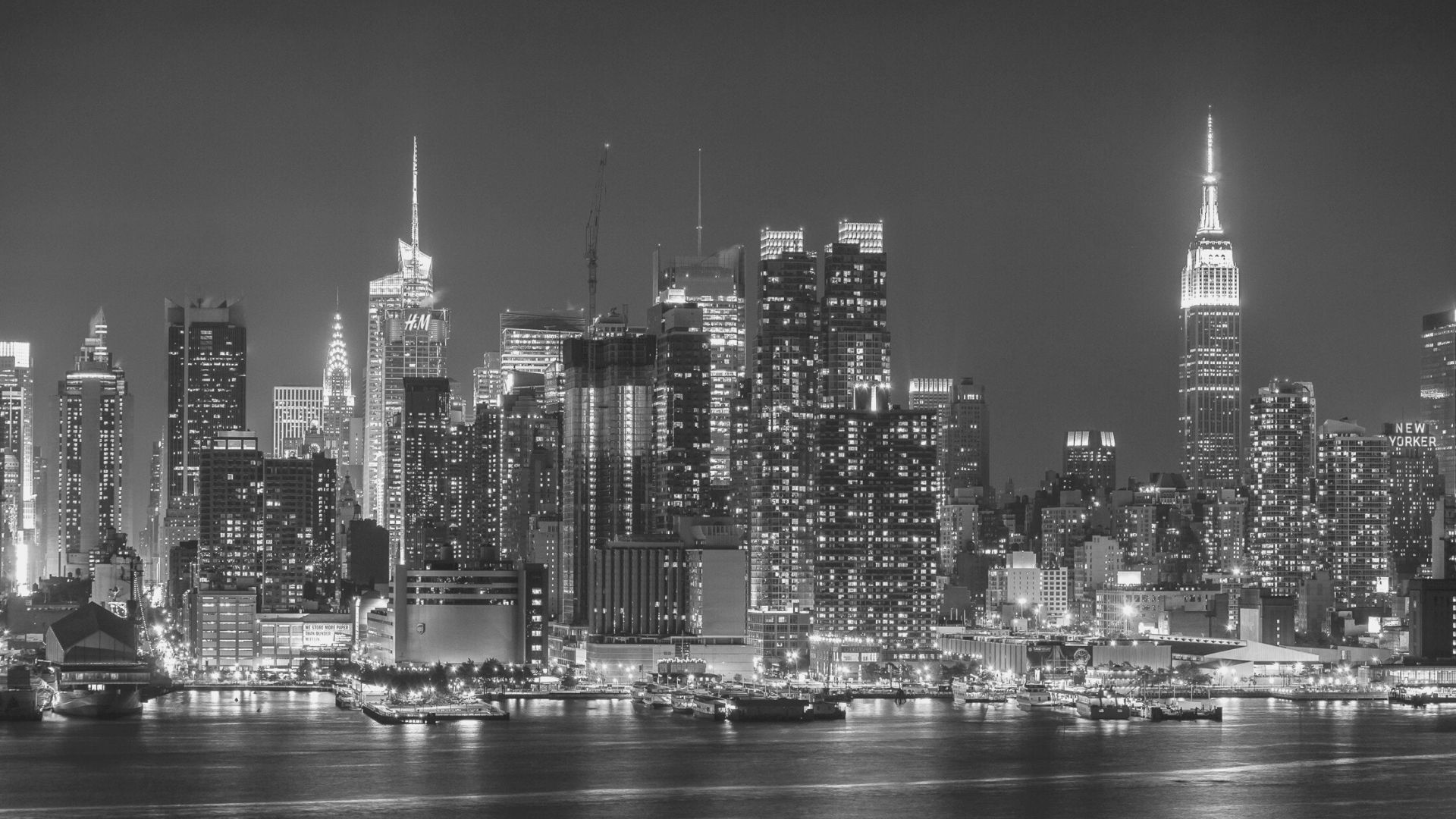Sidewalk Sheds & Common Problems: NYC Personal Injury
Problems can sometimes come up in connection to sidewalk sheds
Things designed to help with one type of safety problem can sometimes give rise to their own unique problems. Take sidewalk sheds for example. These structures, also referred to as sidewalk scaffolding, can play a very important role in keeping pedestrians safe from falling objects when construction is being done on a building or there is a significant problem with a building’s facade. Given how harmful falling object accidents can be, preventing them can be critical.
However, there are certain things that could cause sidewalks sheds to go from being an important safety protection to a generator of significant problems.
One is if such sheds aren’t kept in proper repair. When a sidewalk shed isn’t adequately maintained, various safety risks could come up in connection to it, such as risks of the shed collapsing or risks of the shed creating tripping hazards. So, it can be critical for pedestrian safety for building owners who put up a sidewalk shed in connection to construction or repair work on their building to make sure to keep the shed in a safe condition.
Another thing that could cause problems to arise in connection to a sidewalk shed is if the shed is left up for too long. Sidewalk sheds can have the potential to be an eyesore, contribute to sidewalk congestion and be an attractor for things such as garbage. So, there are a variety of different aesthetic, community annoyance and safety problems that could possibly be created when a sidewalk shed ends up in place far longer than it has to be.
Currently, there is no direct deadline put in place on building owners regarding removing sidewalk sheds here in New York City. However, this could end up changing. A bill is being introduced to New York’s City Council that would put such a deadline in place when it comes to sidewalk sheds put up in connection to issues with a building’s facade.
Do you think there should be a deadline on sidewalk sheds in the city? What impacts do you think this bill, if passed, would have on sidewalk safety, pedestrians and communities here in New York City?
Source: The New York Times, “Sidewalk Scaffolding, the Unwanted Neighbor, Is Under Scrutiny,” Winnie Hu, Dec. 5, 2016

